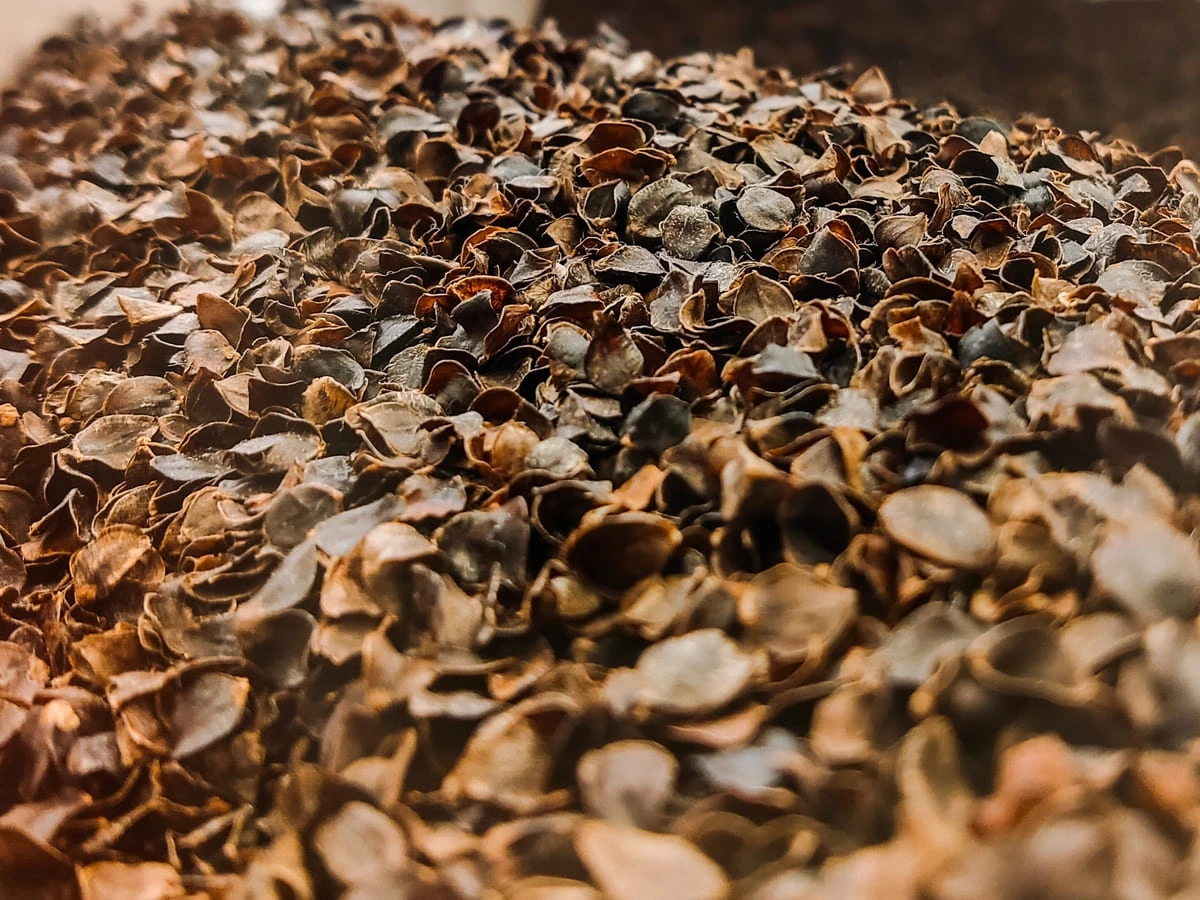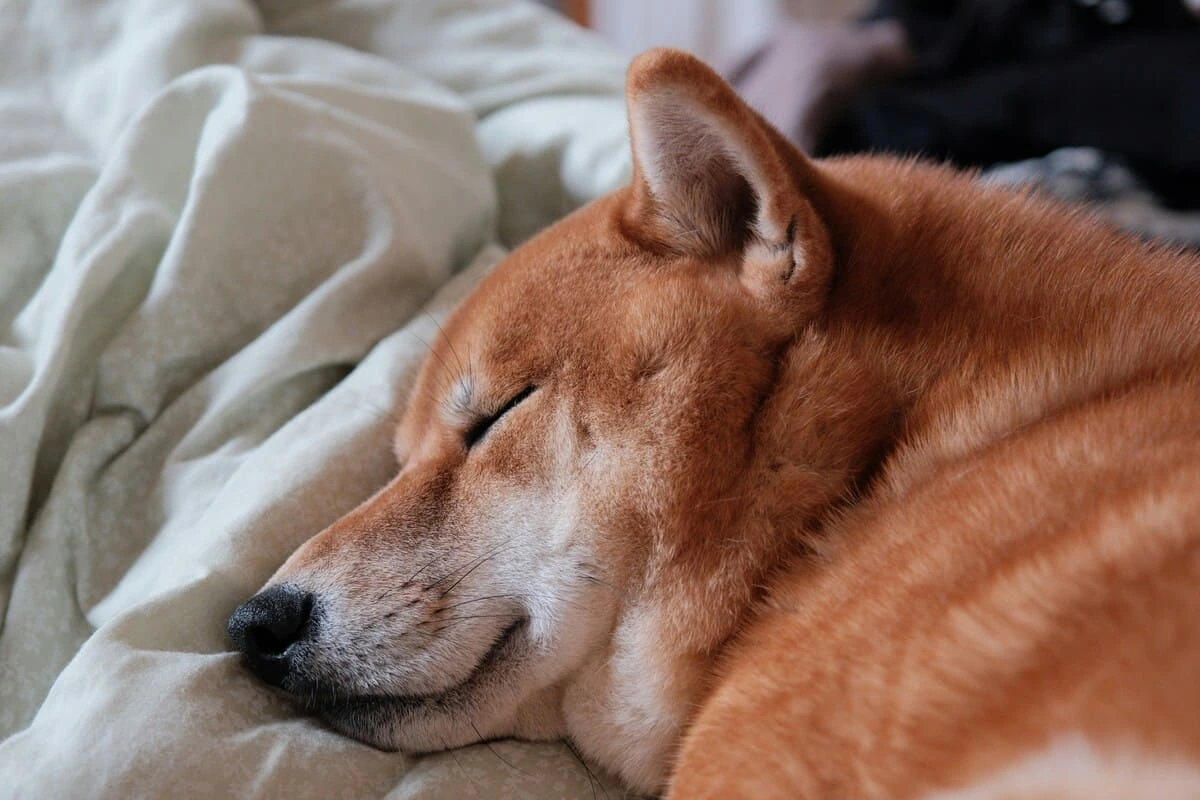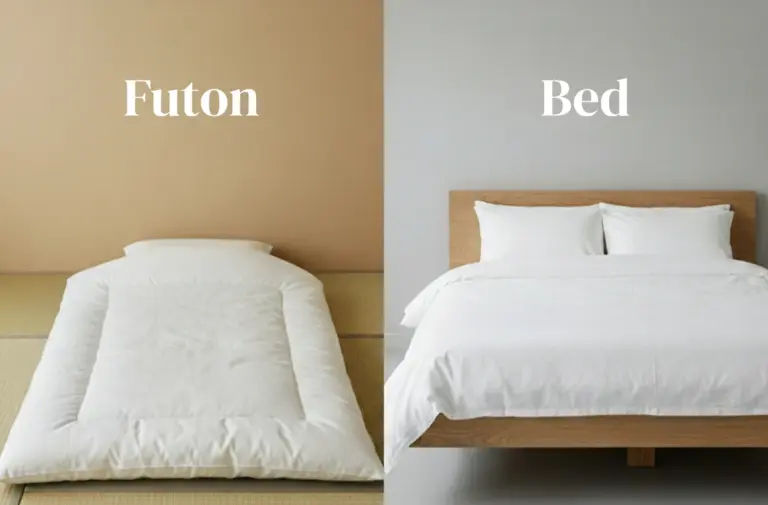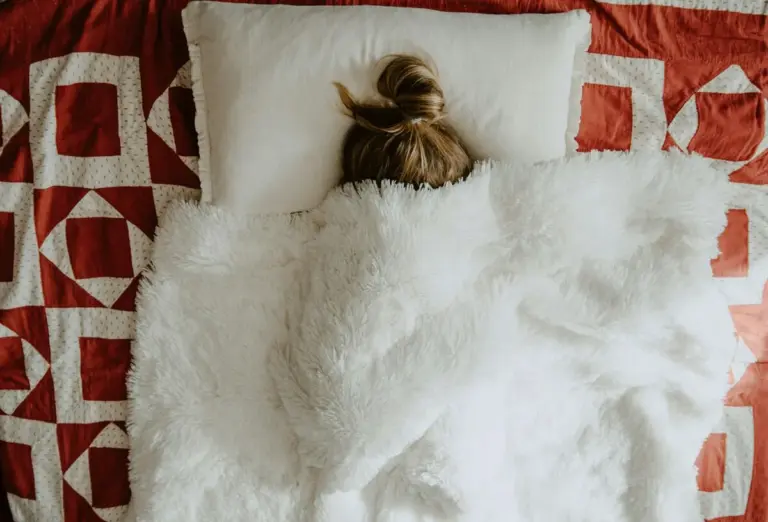Japanese Buckwheat Pillow (Sobakawa) Guide: Benefits, Drawbacks & Best Options
Everything You Need to Know About Japanese Buckwheat Pillows (Sobakawa)
If you’ve been searching for cooler, steadier neck support, a japanese buckwheat pillow—often called sobakawa—offers firm, breathable comfort that adapts to your shape. Unlike plush down or memory foam, it stays supportive, lets air flow between the hulls, and can be adjusted by adding or removing fill. This guide explains what a sobakawa pillow is, its pros and cons, how to care for it, and the best options available in the U.S.
What Is a Japanese Buckwheat Pillow (Sobakawa)?
A japanese buckwheat pillow is filled with the outer hulls of buckwheat seeds. These loose hulls shift to match the contour of your head and neck while providing steady, moldable support. Sobakawa, the Japanese word for buckwheat hulls, has been used for centuries in bedding as a breathable, natural alternative to cotton or feather fills.

The cooling feel comes from air channels between hulls that let heat dissipate—especially helpful during hot, humid summers. The inner kernels of the grain are used for soba noodles, while the shells become pillow fill, reducing waste and supporting a simpler, more sustainable sleep approach.
Benefits of a Japanese Buckwheat Pillow
Before you switch, it helps to see why many sleepers choose a japanese buckwheat pillow over foam or down. The core advantages relate to alignment, airflow, and customization.
- Neck and spine alignment: Hulls adapt to your cervical curve, supporting proper alignment and helping ease morning stiffness.
- Breathability: Natural air circulation keeps the surface cooler and drier through the night.
- Adjustable height and firmness: Add or remove hulls to tune loft and feel for back, side, or combination sleepers.
- Natural materials: Commonly paired with cotton covers and heat-treated, pesticide-free hulls.
Drawbacks and Considerations
A sobakawa pillow is not perfect for everyone. Consider weight, sound, and simple care habits before you buy.
- Weight: Small ~1 kg (2.2 lb); standard ~2–3 kg (4.4–6.6 lb)—heavier than typical foam pillows.
- Noise: Hulls can rustle as they shift; light sleepers may notice this at first.
- Maintenance: Hulls absorb humidity, so regular sun-drying or airing is essential.
- Allergies: Sensitive users may react to dust; choosing sterilized, heat-treated hulls helps reduce risk.
How to Care for a Buckwheat Pillow
Caring for a japanese buckwheat pillow is straightforward—think gentle airing and sensible protection rather than washing the fill.
- Sun-dry regularly: Place in sunlight or by a window to release moisture; never soak hulls.
- Replace hulls as needed: Typically every 1–3 years, depending on use and climate.
- Use a cover and liner: A zip cover and inner liner protect against sweat and dust and simplify upkeep.
- Spot-clean only: Wash the cotton cover; keep hulls dry at all times.
Best Japanese Buckwheat Pillows in the U.S.
The picks below are widely available for U.S. shoppers. Confirm current specs and materials with each seller.
- Sobakawa Pillow — Classic design adapted for the U.S.; affordable, but some versions include polyester blends.
- Beans72 Organic Buckwheat Pillow — 100% organic hulls and cotton; handmade, durable, refillable, and adjustable.
- Hullo Pillow (Japanese-inspired, US-made) — Premium build that’s easy to refill and fine-tune; consistently high customer reviews.
- EMOOR Japanese Buckwheat Pillow — Authentic Japanese brand; firm, stable support with a durable cover.
Who Should Use a Buckwheat Pillow?
Choose a sobakawa pillow if you prefer grounded support and a cooler sleep surface. Skip it if you love a soft, sink-in feel or are sensitive to subtle pillow sounds.
- Ideal for: Hot sleepers; people seeking steady neck support; those who want adjustable loft and natural materials.
- Not recommended for: Soft-pillow enthusiasts; users easily disturbed by rustling sounds.
Conclusion
A japanese buckwheat pillow (sobakawa) delivers firm, breathable, natural support that adapts to your body and your preferences. While heavier and more maintenance-minded than standard pillows, its adjustable loft, cooling airflow, and timeless simplicity make it a compelling, long-lasting choice for cleaner, calmer sleep.



